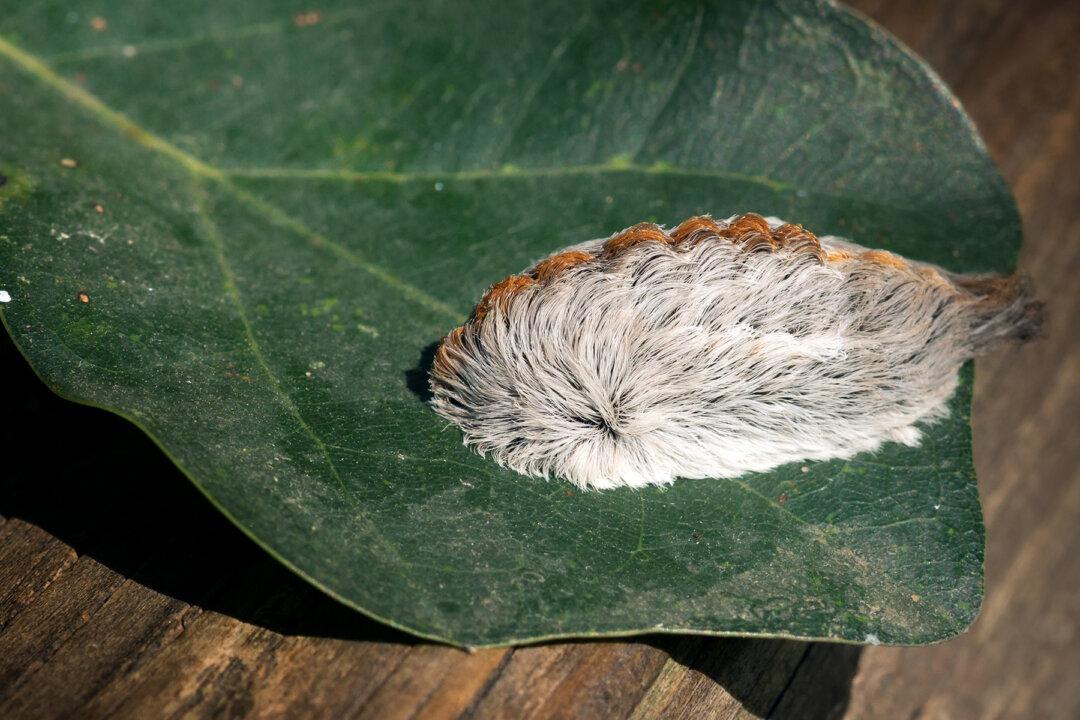If you live in Florida, get ready to look but don’t touch! The “puss caterpillar,” named as such for its cat-like furry coat, is making its seasonal return to the sunshine state, and it is not as friendly as it looks.
National Geographic reported on the miniature master of deception back in 2014, calling it the “Toxic ‘Toupee,” the most venomous caterpillar in the United States whose sting “can cause more pain than a bee sting.” Since then, stories of sightings (and even stings) have flooded in from Florida residents. “The pain immediately and rapidly gets worse after being stung,“ explained Don Hall, an entomologist at the University of Florida. ”[It] can even make your bones hurt.”





